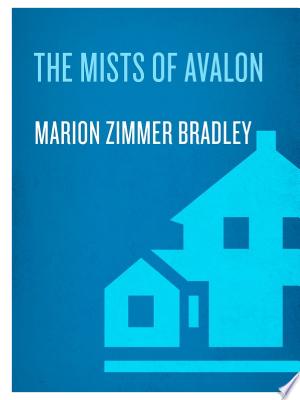Estimated read time: 4 min read
Table of Contents
"The Mists of Avalon" Character Analysis
Introduction
"The Mists of Avalon" is a historical fantasy novel written by Marion Zimmer Bradley, published in 1983. Set in the mythical island of Avalon, the story revolves around the legendary King Arthur and the women who shape his destiny. In this character analysis, we will delve into the key characters of the novel, exploring their motivations, conflicts, and impact on the overall narrative.
Morgaine
Morgaine is the central character in "The Mists of Avalon" and serves as the narrator for much of the story. As Arthur's half-sister, she is deeply connected to the mystical land of Avalon and the ancient pagan religion. Morgaine is portrayed as a strong-willed and passionate woman, constantly torn between her duty to Avalon and her love for Arthur.
| Character Profile | Morgaine |
|---|---|
| Role | Protagonist |
| Motivation | Protect and preserve the old pagan ways |
| Conflicts | Love for Arthur vs. loyalty to Avalon |
| Impact | Drives the narrative and represents the clash between old and new |
Morgaine's motivation stems from her belief in the old religion and her desire to protect the traditions of Avalon. This puts her at odds with the emerging Christian faith, which threatens to overshadow the pagan beliefs. Her internal conflict lies in her love for Arthur, whom she sees as a champion of the Christian cause. This conflict drives much of the narrative tension in the novel.
Arthur
King Arthur is a legendary figure in British folklore, and in "The Mists of Avalon," he is depicted as a leader torn between his love for Morgaine and his duty as the High King. Arthur embodies the struggle between Christianity and the old pagan ways, as he tries to unite his kingdom under a single faith.
| Character Profile | Arthur |
|---|---|
| Role | Protagonist |
| Motivation | Unite the Kingdom |
| Conflicts | Love for Morgaine vs. loyalty to Christianity |
| Impact | Symbolizes the conflict between paganism and Christianity |
Arthur's main motivation is to bring unity and peace to his kingdom, but he finds himself pulled in different directions due to his love for Morgaine and the pressure to embrace Christianity. His internal conflict mirrors the larger conflict between pagan and Christian beliefs, which shapes the destiny of Camelot.
Gwenhwyfar
Gwenhwyfar, or Guinevere, is Arthur's queen and a central figure in the Arthurian legend. In "The Mists of Avalon," Gwenhwyfar is torn between her love for Arthur and her growing attraction to Lancelot. She represents the conflict between duty and desire.
| Character Profile | Gwenhwyfar |
|---|---|
| Role | Antagonist |
| Motivation | Uphold Christian values |
| Conflicts | Love for Lancelot vs. loyalty to Arthur |
| Impact | Drives the wedge between Arthur and Morgaine |
Gwenhwyfar's motivation revolves around her strong Christian faith and her desire to maintain the Christian values in Camelot. However, her growing love for Lancelot creates an internal conflict that ultimately leads to the downfall of Arthur's kingdom. Her actions drive a wedge between Arthur and Morgaine, adding to the complexity of the narrative.
Morgause
Morgause is Morgaine's mother and a powerful sorceress. She is a complex character driven by ambition and a desire for power. Morgause serves as a foil to Morgaine, representing the dark side of magic and the consequences of unchecked ambition.
| Character Profile | Morgause |
|---|---|
| Role | Antagonist |
| Motivation | Gain power and control |
| Conflicts | Jealousy towards Morgaine |
| Impact | Adds complexity and conflict to the story |
Morgause's primary motivation is to gain power and control over the kingdom. Her jealousy towards Morgaine further fuels her actions, leading to tragic consequences for both her and her family. Morgause's presence adds depth and complexity to the narrative, showcasing the consequences of unchecked ambition and the dark side of magic.
Conclusion
"The Mists of Avalon" presents a rich tapestry of characters, each with their own motivations and conflicts that drive the narrative forward. Morgaine, Arthur, Gwenhwyfar, and Morgause embody the clash between paganism and Christianity, duty and desire, and ambition and consequences. Through their struggles, the novel explores timeless themes and offers a unique perspective on the Arthurian legend. The complex interactions between these characters make "The Mists of Avalon" a compelling and thought-provoking read.





